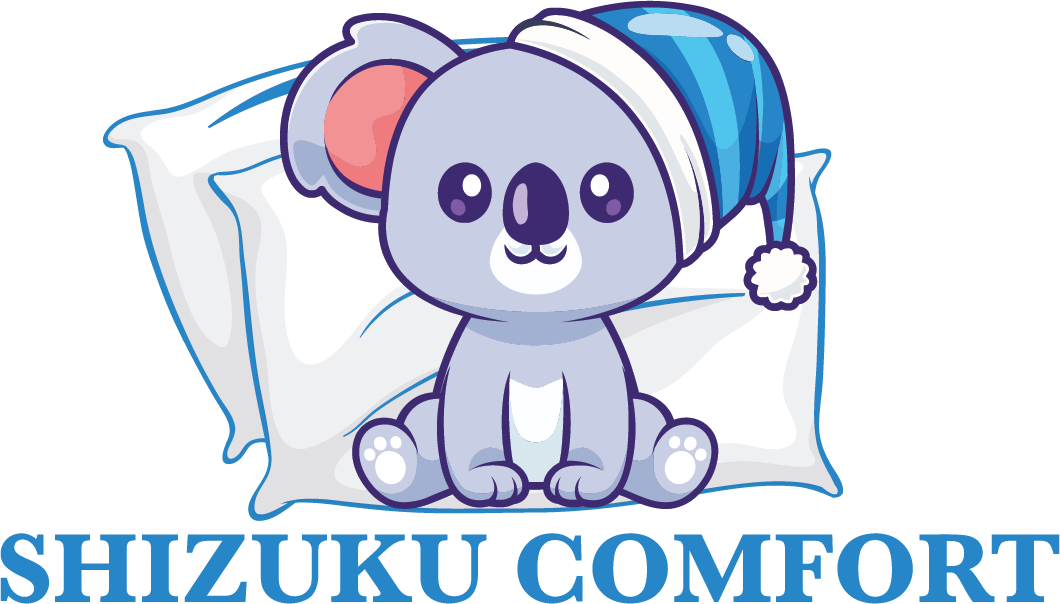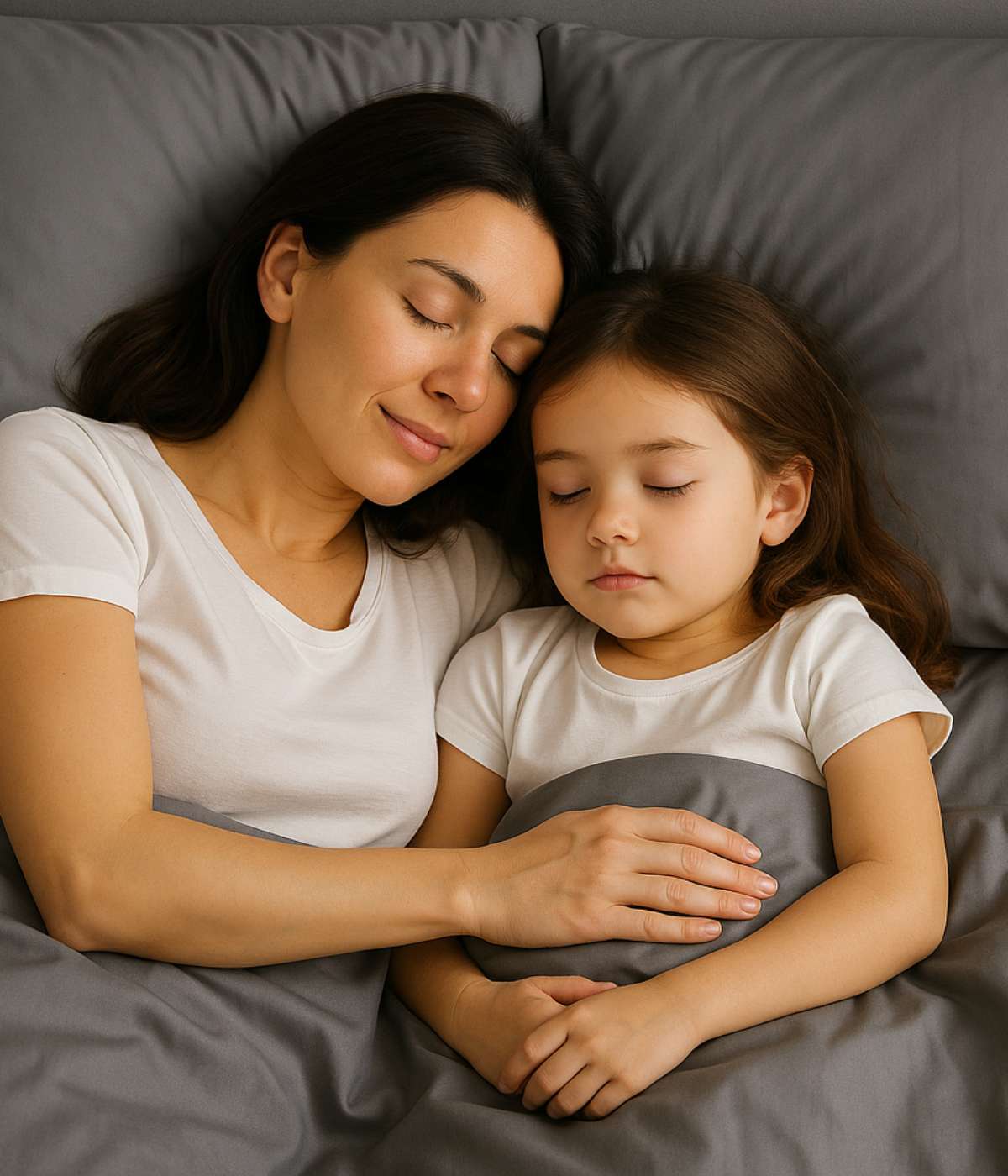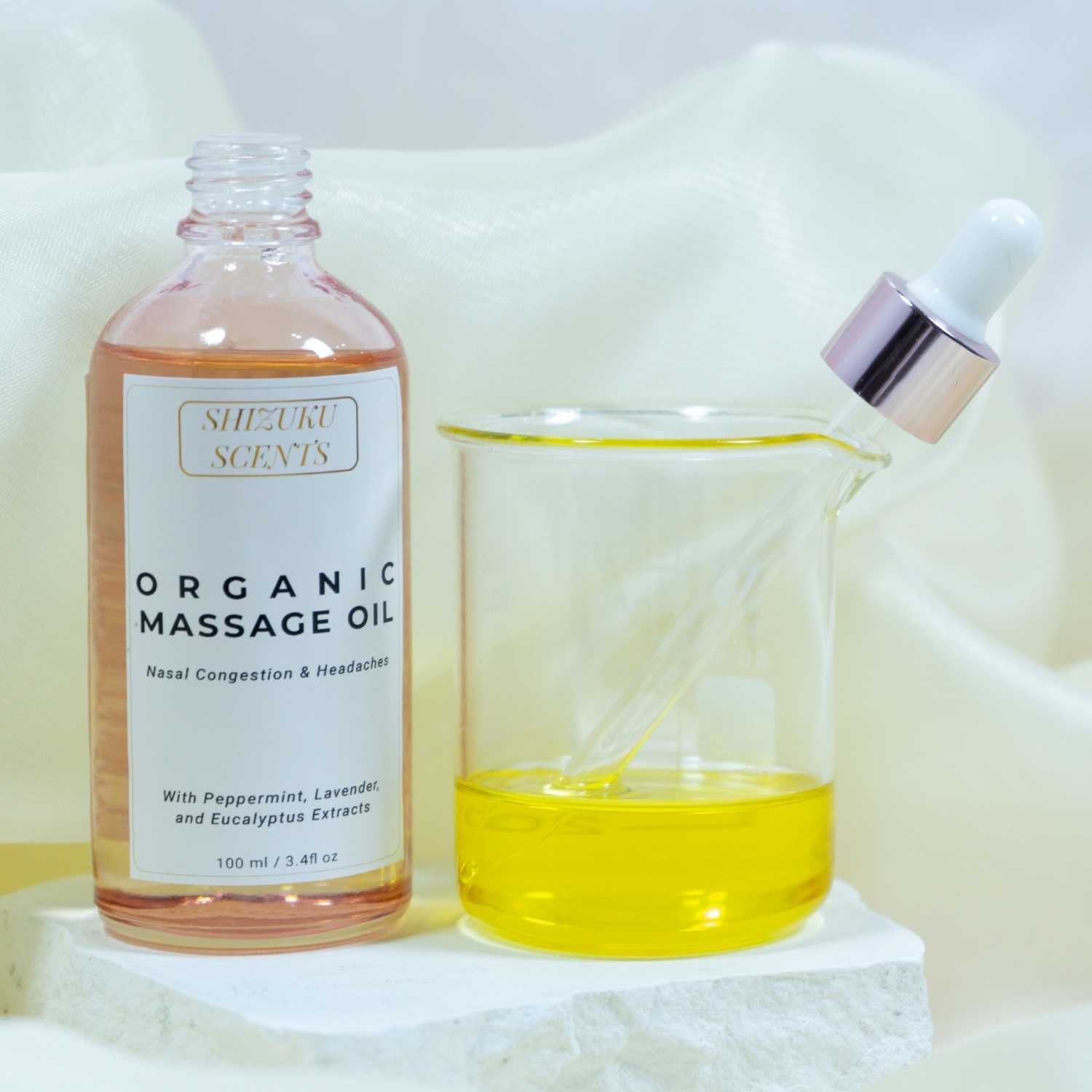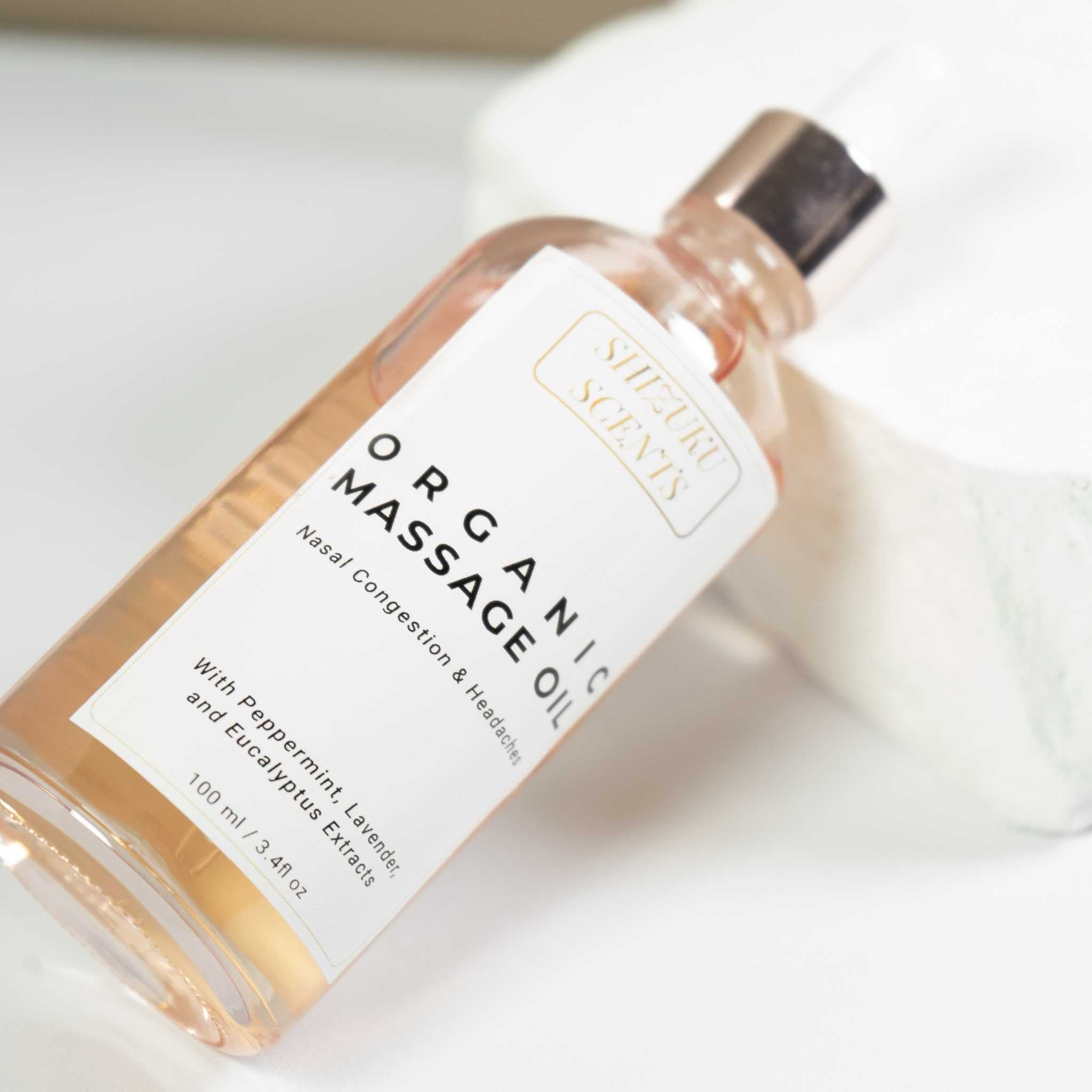Let’s be real—choosing a bedsheet shouldn’t feel like sitting for an exam. But the moment you search “best bedsheet material” online, you’re drowning in cotton counts, eco-friendly buzzwords, and fabric names that sound like they belong on a science quiz (Lyocell, anyone?).
So, which one’s the real MVP of sleep? Let’s break it down, with a little honesty, a little humor, and a whole lot of fabric facts.
Cotton: The Reliable Old Friend
Cotton is like that friend you’ve known since primary school—dependable, familiar, and sometimes a little wrinkly.
Pros:
-
Breathable and soft, great for year-round use.
-
Gets softer with every wash.
-
Durable (Egyptian and Pima cotton are like the “premium membership” version).
Cons:
-
Wrinkles faster than your shirt after a laundry day nap.
-
Some cheaper cotton sheets wear out quickly.
Best for: Everyday sleepers who want comfort without too much fuss.
Microfiber: The Budget Buddy
Microfiber is the fast-food version of bedsheets. Affordable, easy to find, and gets the job done… but you might regret it if you overdo it.
Pros:
-
Super affordable.
-
Wrinkle-resistant.
-
Smooth texture, good for quick use (like guest rooms or Airbnbs).
Cons:
-
Not breathable → say hello to sweat if you’re a hot sleeper.
-
Synthetic feel can feel less “luxury” and more “plastic-y.”
Best for: Students, budget homes, or people who don’t mind AC on full blast.
Bamboo: The Cool Eco-Warrior
Bamboo sheets are that yoga-loving, kombucha-drinking friend who reminds you to recycle. And you know what? They’re actually amazing.
Pros:
-
Naturally cooling (perfect for Singapore’s hot, humid nights).
-
Hypoallergenic and antibacterial.
-
Eco-friendly and sustainable.
-
Silky soft, feels like a mini spa experience.
Cons:
-
More expensive than microfiber or basic cotton.
-
Needs proper care (gentle wash cycles recommended).
Best for: Hot sleepers, eco-conscious buyers, and anyone who wants to wake up without feeling like they slept in a sauna.
Lyocell (aka Tencel): The Luxury Cousin
Lyocell is the cousin who shows up to family gatherings in designer clothes but is surprisingly down-to-earth.
Pros:
-
Ultra-soft, silky feel.
-
Excellent moisture-wicking (great for sweaty sleepers).
-
Eco-friendly production process.
-
Gentle on sensitive skin.
Cons:
-
Pricey compared to cotton or microfiber.
-
Can be delicate—treat it well, and it’ll love you back.
Best for: Sensitive skin, luxury-seekers, and eco-friendly sleepers who want that five-star hotel vibe.

Comparison Chart
| Material | Feel | Breathability | Durability | Eco-Friendliness | Price | Best For |
|---|---|---|---|---|---|---|
| Cotton | Soft, familiar | High | High | Moderate | $$ | Everyday use |
| Microfiber | Smooth, synthetic | Low | Moderate | Low | $ | Budget homes |
| Bamboo | Silky, cooling | Very High | High | High | $$$ | Hot sleepers |
| Lyocell | Silky, luxurious | Very High | Moderate | Very High | $$$$ | Luxury eco lovers |
If Bedsheets Were Characters in a Sitcom…
-
Cotton: The dependable dad. Always there, even if he wrinkles under pressure.
-
Microfiber: The broke college roommate who eats instant noodles but keeps things convenient.
-
Bamboo: The eco-warrior yoga teacher—chill, stylish, and always fresh.
-
Lyocell: The rich cousin who shows up in a Tesla but also reminds you to drink enough water.
So… What’s the Best Bedsheet Material?
It depends on YOU:
-
Sweat buckets at night? Go for Bamboo or Lyocell.
-
Want something budget-friendly? Microfiber.
-
Classic, no-nonsense choice? Cotton.
But if you’re serious about sleep quality in Singapore’s hot, humid climate, Bamboo and Lyocell stand out as the real winners. Cooling, breathable, eco-friendly, and soft enough to make you look forward to bedtime.
Why Choose Us Over Other Brands?
Here’s the part most blogs don’t tell you. Not all “bamboo” or “lyocell” sheets are created equal.
Why Shizuku Comfort?
-
🌿 Certified Materials: OEKO-TEX® & eco-friendly certifications mean no harmful chemicals.
-
🛏️ Singapore-Specific Design: Made for humid nights—our sheets are cooling, not suffocating.
-
💪 Durability: While some brands cut corners with blends, we keep our fabric pure for longer-lasting softness.
-
🚚 Local & Reliable: Fast local delivery, so you don’t have to wait weeks.
-
🤝 Customer Care: We don’t ghost you after checkout—our team actually helps.
While others just slap “eco-friendly” on a label, we make sure you feel the difference every single night.


FAQs (SEO Goldmine)
Q: Is bamboo better than cotton sheets?
A: For hot sleepers, yes. Bamboo is cooler, softer, and more breathable.
Q: Are microfiber sheets bad for your skin?
A: They’re not harmful, but they trap heat and moisture, which may not be ideal for sensitive skin.
Q: Which is better: Lyocell or Bamboo?
A: Both are excellent, but Lyocell feels silkier while Bamboo is more cooling.
Q: What’s the best bedsheet material overall?
A: For Singapore weather → Bamboo or Lyocell.
Conclusion: Stop Losing Sleep Over Bedsheets
At the end of the day (literally), the best bedsheet material depends on your lifestyle, budget, and how much you sweat at night. Cotton is timeless, Microfiber is practical, Bamboo is cooling, and Lyocell is luxurious.
But if you want eco-friendly, breathable, and built for Singapore nights, Bamboo and Lyocell from Shizuku Comfort are where comfort meets smart design.
So, skip the sweat puddles, invest in better sheets, and wake up ready to conquer your day (or at least your first coffee).





Leave a comment
All comments are moderated before being published.
This site is protected by hCaptcha and the hCaptcha Privacy Policy and Terms of Service apply.